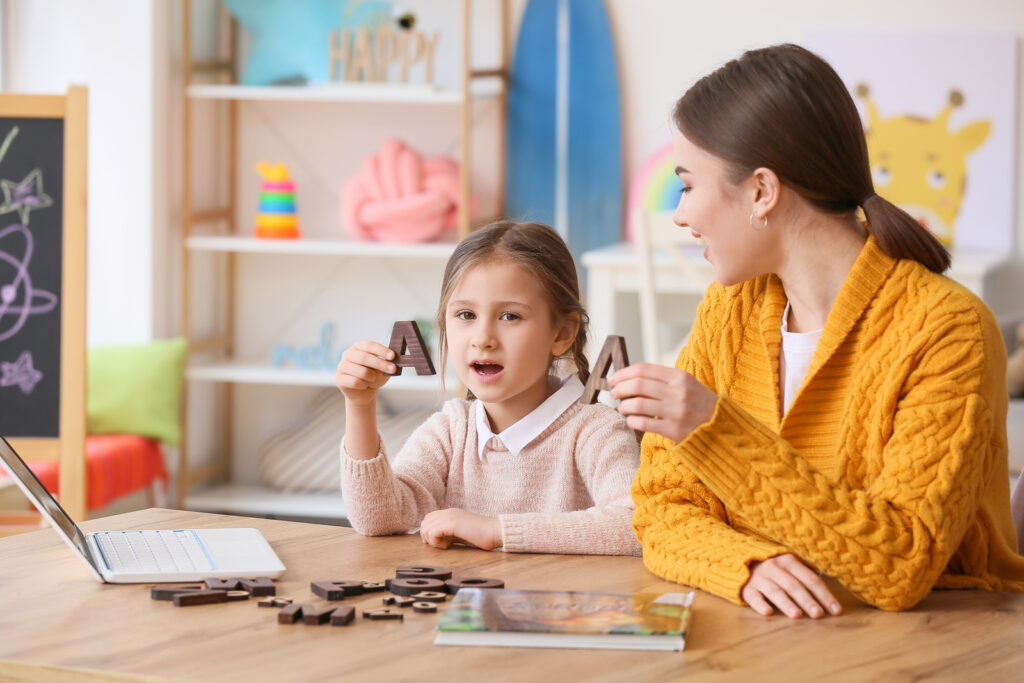The creation of inclusive learning materials is a crucial challenge, particularly when considering the diverse needs of learners, including those with specific learning disabilities. Inclusive education ensures that every student, regardless of the challenges they face, has equal access to knowledge and opportunities to succeed. By recognising and taking into account the different learning styles and needs of people with learning disabilities, educators contribute to a fairer and more enriching educational experience for all, enabling every learner to reach their full potential.
But what are specific learning disabilities? They are long-term conditions that impact an individual’s learning journey. They have a neurobiological origin and can disrupt the cognitive development of learning abilities. However, there is no link between a person’s level of intelligence, individual effort, physical impairment, socio-economic status or cultural background and a learning disability! These are often referred to as Dys- for example, dyslexia, dysphasia, dysorthographia, dyscalculia, dysgraphia and dyspraxia.
The educational boxes from My Box Of Steam project, have, therefore, been designed to be inclusive, especially for people with these disorders. But these students sometimes experience very different difficulties. So how can we successfully include them by giving them the help they need?

The following five tips will help you improve the inclusivity of your teaching materials!
- Structuring your lesson
Don’t hesitate to start your lesson by explaining what you’re planning to do during the lesson. This will enable all students to establish a mental map of the lesson so they’ll be better able to find their way around, know what’s expected of them and perform better in the tasks required.
- Avoid double-tasking
Break down your lesson into small tasks to be performed one at a time. If the instructions are given orally, you can write the action verbs using pictograms on the board.
- Focus on logical exercises
Logic-based exercises should be favoured over memory-based ones. Reducing tasks requiring fine motor skills, such as writing, and avoiding complex manipulations is advisable. This allows students to concentrate on the lesson’s content rather than spending time on peripheral tasks.
- Adapt the layout
Adopt the following layout to make your teaching materials inclusive: left alignment, use of appropriate fonts such as Arial, Century Gothic or OpenDys, 1.5 line spacing and a font size between 12 and 16. The use of subheadings, colours and bullets can help to structure the text, and printing should be single-sided, preferably on off-white paper.
- Do a small recap at the end of the lesson
Don’t hesitate to recall what you’ve learned at the end of your lesson. This will help students to memorise and reflect on what they’ve learned.
If you’d like to learn more about including students with learning disabilities in STEAM, My Box Of Steam is currently working on two guides to help you!
The first, which will be arriving very soon, is a pedagogical guide covering topics such as the STE(A)M philosophy, STEAM for younger children, for girls, for students with learning disabilities and much more. The second part of the guide will also give you some very concrete ideas for activities to help you implement the STEAM method.
To be sure you don’t miss any news about the project, subscribe to our newsletter and follow us on LinkedIn!

